Learn why MCA leads with bank statements convert better and if they’re worth the investment for your business.
If you’re evaluating mca leads this year, chances are you’ve noticed a surge in vendors offering merchant cash advance leads that already include 3–6 months of bank statements. These high-intent files command higher upfront prices than generic web submissions or UCC lists, but the real question for a funder, ISO, or MCA sales team is simple: do they reduce your cost-per-funded deal and speed to cash? In 2025, the answer increasingly trends toward yes—when sourced and handled correctly.
Here’s why. First, merchant cash advance leads that arrive with bank statements give underwriting a head start—your reps can open with cash-flow informed questions instead of chasing documents for days. Second, conversion math improves across the funnel: contact rates are higher, apps complete faster, approval odds climb, and a larger share of approved files fund. And third, the 2025 consent environment favors verified, auditable acquisition paths—especially for buyers who must prove one-to-one consent and avoid TCPA missteps when they buy mca leads online. These structural shifts make pre-verified data more valuable than a bigger but noisier pipeline of cold names. [Sources: live transfer pricing/conversions; consent rule timing].
Cost-efficient older MCA inquiries.
Min 2,000 records
What's included:
Recently-made MCA funding inquiries.
Up to 7,500 records
What's included:
Past MCA applicants to re-engage.
Min 1,000 leads
What's included:
Complete apps + bank summaries.
Up to 200 leads
What's included:
Prefer to test merchant cash advance leads in small batches? The Pay-As-You-Go option below lets you trial precise volumes without contracts, ideal for teams that want to measure fund-rate, refund rate, and talk time before scaling. Use a tight sales script for bank-statement leads (cash-flow-first) and a slightly broader one for fresh mca internet leads and mca web form leads to keep qualification efficient.
Three big shifts separate 2025 from 2023–2024. (1) Compliance: the FCC’s one-to-one consent rule requires explicit, source-specific permission for calling/texting, making compliant, exclusive mca leads more expensive but also more defensible. (2) Data: open-banking integrations and statement-analysis tools mean pre-verified files move through underwriting faster than ever. (3) Market behavior: buyers are optimizing for cost-per-funded and renewal value over raw CPL, which favors high-intent mca leads with verifiable bank data. This context is exactly why merchant cash advance leads that include statements are winning more budgets.
Pull-quote: **High-intent mca leads that include bank statements convert more efficiently because you start from verified cash flow, not guesses.**
Place bank-statement files on the far right of your quality spectrum. On the left, you’ve got broad mca data leads and aged mca leads that are inexpensive but noisy; in the middle, fresh mca leads, mca email marketing leads, and mca telemarketing leads; and at the top end, live transfer mca leads and full apps pinned to documented cash flow. If you’re going to buy merchant cash advance leads for sale in 2025, pick one or two lanes and script around them—don’t mix too many intents in one outreach queue.
Next up, we’ll quantify the ROI: costs, conversion benchmarks, and exactly how bank-statement merchant cash advance leads stack against fresh and aged alternatives so you can decide where to allocate budget.
To judge whether mca leads with bank statements are worth the premium, compare them against fresh web leads, aged mca leads, and live transfers using three lenses: fund rate, cost-per-funded (CPF), and days-to-fund. In vendor benchmarks and published guides, live transfer merchant cash advance leads often price at $100–$180 per transfer but convert 30–50% when answered in under 15 seconds. Bank-statement list files typically price higher than generic mca leads for sale but yield better contact rates, app completion, approvals, and funding. This is why many buyers now treat **CPF**, not **CPL**, as the decisive metric.
Here’s a plain-English way to model the ROI of merchant cash advance leads for sale in 2025, whether you buy mca data, exclusive mca leads, or live transfers.
First we’ll frame the funnel, then we’ll plug in 2025-realistic numbers for live transfers and bank-statement files. Remember: your mileage varies with scripting, speed-to-answer, and underwriting criteria.
Funnel math (MCA 2025):
Lead-to-Contact Rate (LCR) = contacts / total_leads
App Completion Rate (ACR) = completed_apps / contacts
Approval Rate (APR) = approvals / completed_apps
Funding Rate (FDR) = funded / approvals
Overall Fund Rate (OFR) = LCR × ACR × APR × FDR
Cost per Lead (CPL) = total_lead_spend / total_leads
Cost per Funded (CPF) = total_lead_spend / funded = CPL / OFR
Allowable CPL (target) = target_CPF × expected_OFR
Example — Live Transfers:
Assume CPL = $150 and OFR = 0.35 → CPF ≈ $150 / 0.35 = $428.57
Example — Bank-Statement List Files:
Assume CPL = $250 and OFR = 0.22 → CPF ≈ $250 / 0.22 = $1,136.36
Break-even CPF (gross):
Gross Profit per Funded (GPF) ≈ (Funded Amount × Factor - Capital Cost) - Sales/Underwriting Labor
ROI on Lead Spend ≈ (GPF - CPF) / CPF
Use this block as your quick calculator. If your average gross profit per funded deal is, say, $2,500, then a $430–$1,100 CPF can still be highly attractive—especially when bank-statement leads close faster and renew better than generic mca internet leads.
Case Study: **Two-Rep ISO, 300 Leads/Month.** Team A buys fresh mca leads online at $40 CPL with a 7% overall fund rate (CPF ≈ $571). Team B buys 100 bank-statement merchant cash advance leads for sale at $250 CPL with a 22% fund rate (CPF ≈ $1,136), plus 50 live transfers at $150 CPL with 35% fund rate (CPF ≈ $429). Despite higher CPL, Team B out-funds Team A on gross dollars and compresses days-to-fund, which frees bandwidth to chase renewals. This is the practical reason high-intent mca leads win budgets.
Pull-quote: **Time-to-cash is a profit lever: fewer days in underwriting, fewer days for competitors to poach your merchant.**
We create fully tailored MCA lead lists based on your exact criteria — business type, funding history, deposit volume, state targeting, and more. Whether you need fresh submissions with bank statements, aged records, or a curated mix, we've got you covered.
Request a Custom MCA Lead PackageWhen you need industry-specific filters (e.g., construction, logistics, restaurants) or revenue bands tied to your risk box, a CustomMcaLeads build is the cleanest path. Ask for statement months included, average daily balance (ADB), monthly deposits, NSF counts, and seasonality flags. This is how you turn generic buy mca leads into **high-intent** files tailored to your underwriting.
Whether you buy merchant cash advance leads from a marketplace or a single vendor, insist on documentation that actually helps underwriting. In 2025, compliance expectations and open-banking tooling make it reasonable to request granular proofs.
If a vendor cannot explain their consent capture or how they verify statements, reconsider. High-intent exclusive mca leads must be defensible in a post-2025 environment. This is especially important for live transfer mca leads where answer-time and script discipline can swing conversion by double digits.
Let’s translate the market into buyer-side numbers. In 2025, live transfer merchant cash advance leads are commonly quoted at roughly $100–$180 per qualified transfer; fresh mca leads for sale vary widely by targeting and compliance; and verified bank-statement lists sit at a premium relative to generic data. Price bands alone don’t tell you whether you’re paying too much—CPF against your average gross profit does. That’s why scaling teams keep a daily CPF dashboard and only increase budgets where ROI holds.
To reduce CPF, you can (a) raise fund rate, (b) lower CPL, or (c) increase average funded amount. Bank-statement mca leads influence all three: better underwriting inputs lift fund-rate, pre-qualified borrowers justify higher ticket sizes, and cleaner data cuts labor waste. If you buy mca leads online from a marketplace, use trial cohorts and insist on replacement terms for unsubscribable or non-qualifying files.
Example: For live transfers, set an SLA to answer within 10–15 seconds and log every no-connect in a disposition that triggers a no-charge replacement if qualifying criteria weren’t met. For bank-statement files, enforce a secure transfer standard and a naming convention (e.g., <merchant>_<months>_YYYY-MM) so underwriters don’t waste time. These basics matter more than a $10 swing in CPL.
Think portfolio—not silver bullet. Many top teams run a blended mix: a steady base of exclusive mca leads with bank statements, a controlled drip of fresh mca internet leads to widen the funnel, and a tactical layer of live transfer mca leads to keep calendars full. Maintain separate cadences, scripts, and KPIs per stream. If you’re comparing mca leads marketplace vendors, test one variable at a time (script, geo, industry) and keep at least two weeks of clean data before judging performance.
Pull-quote: **CPF beats CPL. Funders don’t deposit leads; they deposit funded deals.**
Great for testing premium aged MCA leads with low MOQ
Lead Types Included:
What’s included:
Fresh MCA leads from recent funding inquiries.
Lead Types Included:
What’s included:
Blend of full submissions + fresh + aged.
Lead Types Included:
What’s included:
Highest volumes across all lead types.
Lead Types Included:
What’s included:
Use the PricingTable below to compare tiers for aged mca leads, fresh mca leads, exclusive mca leads, and live transfers. If you run seasonal pushes (e.g., Q4 retail, Q2 hospitality), increase the share of high-intent merchant cash advance leads two weeks prior to the rush so underwriting can pre-stage approvals.
Treat scripts as living documents. For bank-statement files, open with a cash-flow-aware value statement and a time-boxed next step (e.g., “Based on your deposit patterns we can structure $45k at 1.35 with daily ACH around $540 if underwriting confirms today.”). For live transfers, the first 10–15 seconds make or break the deal—introduce, confirm decision-maker, verify minimum revenue and TIB, then book underwriting with a same-day close path. Finally, design a one-click handoff from sales to underwriters (ticket + attachments + summary fields) to avoid friction. These micro-optimizations turn **merchant cash advance leads** into funded deals.
Bank-statement mca leads shine when you have underwriting ready to move quickly and a sales process tuned to cash-flow conversations. They’re especially potent for vertical specialists (construction, medical, logistics) that can quote from pattern recognition: seasonality, deposit variance, and ACH load tolerance. If you buy merchant cash advance leads at scale, your best outcomes come from pairing these files with live transfers for calendar density and adding fresh digital leads for long-tail renewals.
Alternative lanes—like aged mca leads or broad mca data leads—still have a role. They build prospecting volume for SDR teams and can backfill quiet weeks. Just manage expectations: lower CPL rarely equals lower CPF without strong scripting and follow-up.
Your CRM should store, per lead: (a) consent proof with one-to-one language, (b) IP, timestamp, and form snapshot or call recording, (c) statement months received or open-banking authorization log, and (d) qualification fields (revenue, TIB, decision-maker verification). This is table-stakes after the 2025 consent rule change and the shifting TCPA legal landscape. Treat compliance artifacts as part of the asset you buy when you buy mca leads.
Example: **Quarterly Source Review.** If your mca leads marketplace cohort shows a $65 CPL, 5% OFR (CPF $1,300), and slow time-to-fund, while your exclusive mca leads with bank statements run $250 CPL, 22% OFR (CPF $1,136), you keep the latter and cap the former—unless the marketplace generates renewals that lift LTV.
Are bank-statement mca leads worth the premium? For most funders, ISOs, and MCA sales teams in 2025, yes—because they protect compliance, lift fund rate, and compress days-to-fund. The math is what matters: if merchant cash advance leads with verified cash flow generate a lower **cost-per-funded** and stronger renewal value, they deserve more of your budget than generic lists. Start with a controlled test, measure CPF and time-to-cash, then scale where ROI holds.
Ready to buy mca leads with the right filters? Use our Pay-As-You-Go tiers to trial volumes, or request a CustomMcaLeads build for your underwriting box. If you’re comparing options, open the PricingTable to see 2025 tiers for aged mca leads, fresh mca leads, exclusive mca leads, and live transfers. When in doubt, let the numbers decide—**CPF over CPL, always.**
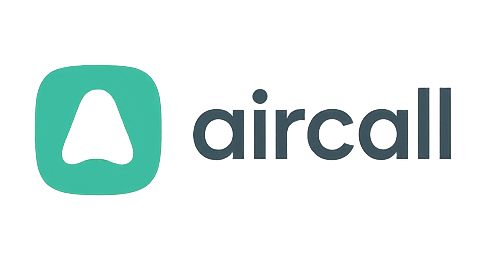
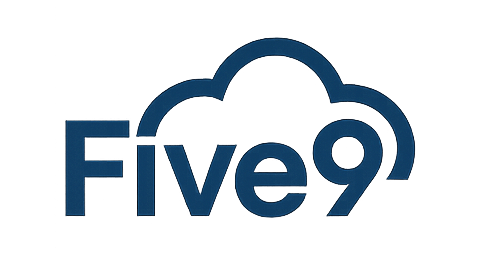
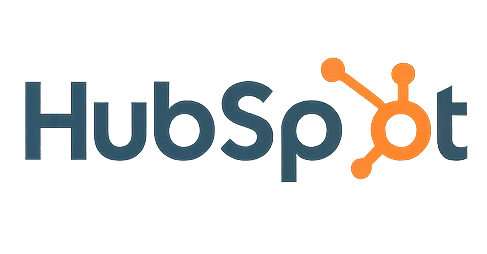

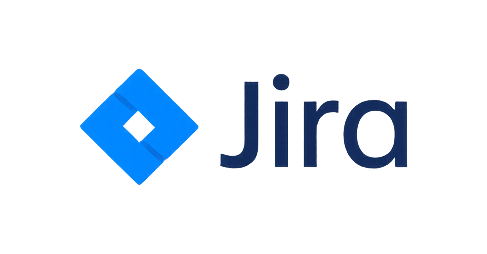
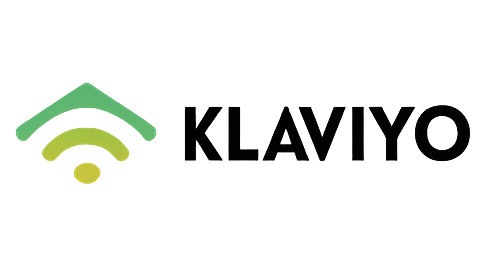
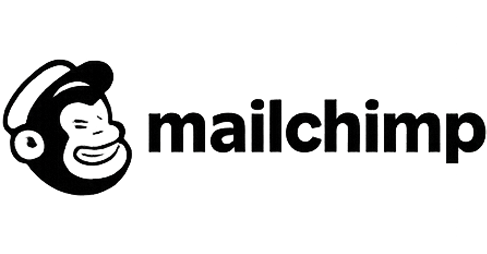
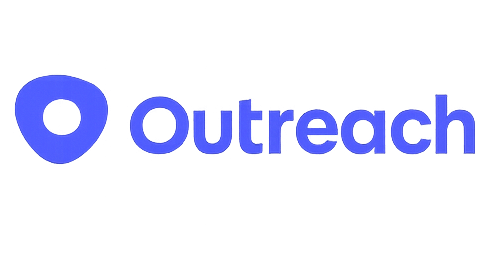
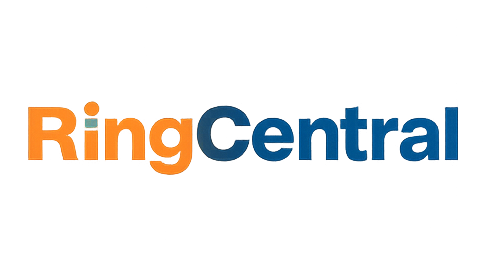
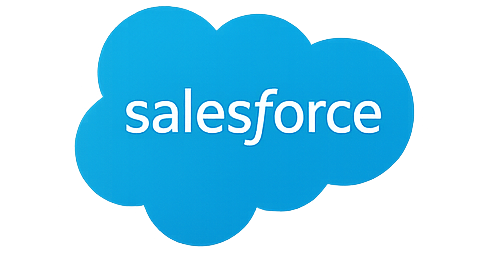

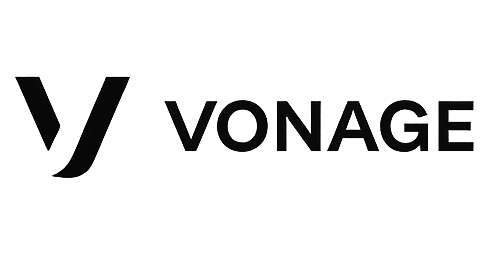
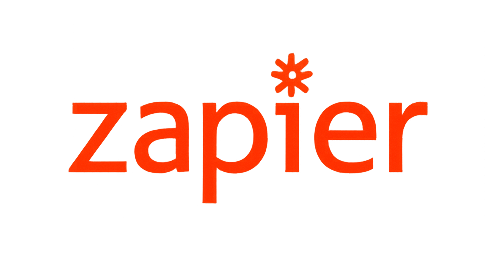

Over 1,200 MCA providers rely on Master MCA for accurate, high-converting merchant cash advance leads. Get instant access to premium MCA leads at competitive 2025 pricing — no contracts, no commitment.
Transparent MCA leads pricing. Cancel anytime — no long-term contracts or hidden fees.
Fill out the form to request pricing and a sample list of verified MCA leads with bank statements.
Download the strategies top funders use to win high-intent MCA leads.
Download Free GuideOur team of MCA experts can help you develop a customized lead generation strategy for your funding business.
Schedule a consultation